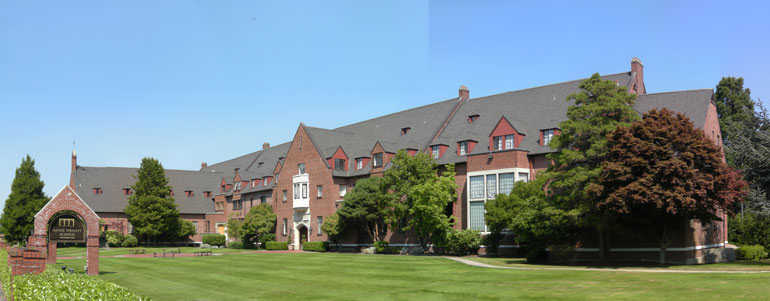In the pursuit of quality secondary education, many families in the United States turn to private high schools. These institutions often provide rigorous academics and increased access to post-secondary opportunities. Based on data compiled by Niche, an organization founded by Carnegie Mellon University students, several schools in the Seattle metropolitan area stand out.
Niche rankings are calculated using a range of academic and cultural indicators. These include:
- Average SAT/ACT scores (25%)
- College enrollment outcomes (25%)
- Four-year college matriculation rate (15%)
- Student and parent satisfaction (15%)
- Student culture and diversity grade (10%)
- Student-to-teacher ratio (10%)
Using these criteria, the following schools were identified as the top performers in the region.
1. Lakeside School

Lakeside School ranks first, supported by strong SAT and ACT scores and a 99% rate of students entering four-year colleges. It received a 4.4 out of 5 rating from students and parents and has a student-to-teacher ratio of 9:1. Data on the Student Culture and Diversity grade is currently unavailable.
2. The Overlake School
The Overlake School placed second, with excellent standardized test scores and a perfect college enrollment rate. It earned a 4.5 out of 5 rating for overall experience and maintains a 9:1 student-to-teacher ratio.
3. The Bush School
The Bush School ranks third, showing slightly lower test scores but still achieving an A+ in college placement. The four-year college continuation rate is 100%. Students and parents rated it 3.9 out of 5. Its student-to-teacher ratio is 8:1, and its Student Culture and Diversity grade is B+.
4. Annie Wright Schools (Tacoma)

Though located in Tacoma, Annie Wright Schools are included in the Seattle metro rankings. They report lower standardized test scores but maintain high college placement results. Student and parent satisfaction rated at 4.5 out of 5. The school has an outstanding student-to-teacher ratio of 6:1 and an A in student culture and diversity.
5. Charles Wright Academy (University Place)
Charles Wright Academy rounds out the top five. It mirrors Annie Wright Schools in test performance and college placement, but its student and parent ratings are slightly lower at 4.3 out of 5. The student culture and diversity grade is A-, and it has a student-to-teacher ratio of 11:1.
